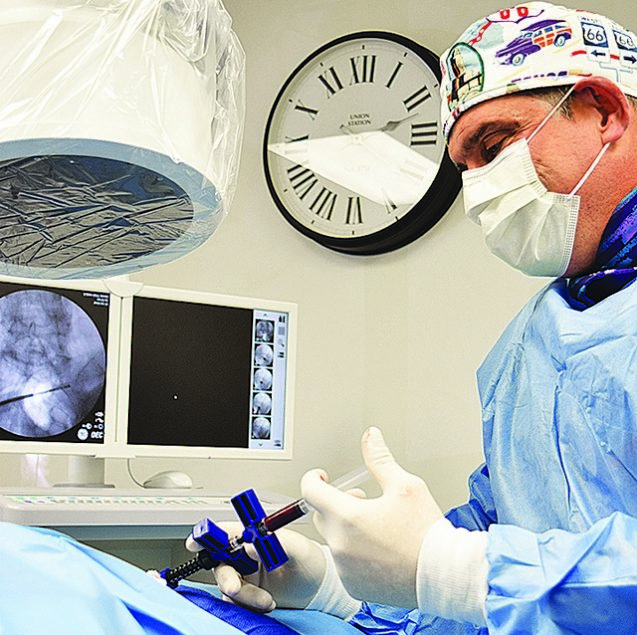 About 12 years ago, a new therapy called plasma rich platelet (PRP) made its place to Dade County. Like all pioneers in a specialty, I have witnessed its development and its potential abuse. To begin let me explain what it is and how it all started. PRP began in Italy in 1970 and gained traction in 2005. It consists of concentrating and activating platelets that are in our blood, which in addition to working in clotting, are responsible for producing special proteins called growth factors and cytokines, which accelerate recovery of a damaged tendon or ligament.
About 12 years ago, a new therapy called plasma rich platelet (PRP) made its place to Dade County. Like all pioneers in a specialty, I have witnessed its development and its potential abuse. To begin let me explain what it is and how it all started. PRP began in Italy in 1970 and gained traction in 2005. It consists of concentrating and activating platelets that are in our blood, which in addition to working in clotting, are responsible for producing special proteins called growth factors and cytokines, which accelerate recovery of a damaged tendon or ligament.
The blood removed from the patient is centrifuged in two cycles to obtain a concentrate 5 to 7 times more potent than normal. Our equipment is able to accomplish this without touching the blood, something appealing to Jehovah’s Witnesses system because the concentrate does not contain blood, but only platelets. I wholeheartedly trust in the use of PRP, based on my positive experiences seeing many of my patients make great recoveries after performing this procedure more than 2000 times. Plasma Rich Platelets works excellently in injuries involving the tendon and ligament, as long as the injuries are as recent as 8 to 12 months. It is very effective in athletes or those who practice a sport recreationally such as tennis, golf, cross-fit, triathlon, soccer, rowing, cycling, and marathon running.
The procedure works great as long as the double spin technique is performed. This is where PRP is abused. Inexperienced practicians put the centrifuged blood in a test tube and removed with a pipette. Not only is the concentration of platelets very poor, but the platelets will not be at optimum form and, of course, will not yield any results. This careless practice also increases the risk of contamination and infection due to excessive handling something as delicate as blood. The science of PRP is not as easy as it seems at first glance and that is why every day I see patients frustrated with the “inventors of the test tube and pipette” practice, which instead of improving the symptoms, worsens arthritis. The reason behind this is because a poorly made PRP adds excessive red blood cells that cause irritation instead of healing, along with all the risks mentioned above.
If you would like to know if PRP or stem cells are the procedures for you, please call for a free consultation at 305 598-7777. If you would like to email me, please do so through stemdoc305@gmail.com






